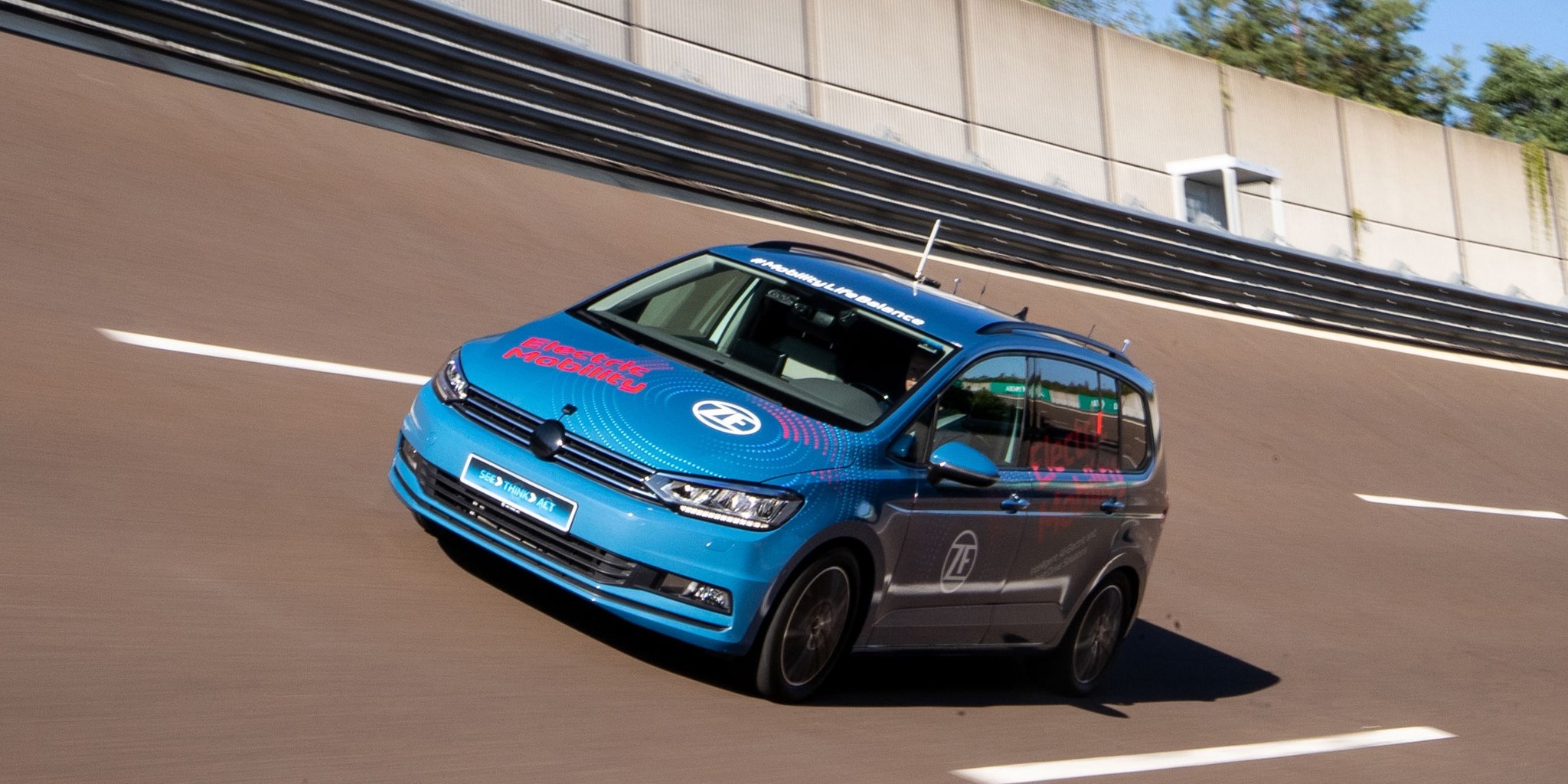Perfectly matched drive components
Perfectly matched drive components
The range can of course be increased by installing a bigger battery. However, the consequences are less space for passengers and luggage, greater vehicle weight, and higher acquisition costs. It makes more sense to design all components of the driveline as well as possible and to coordinate them perfectly with each other, which is the approach ZF is taking. In this way even supposedly small optimizations can bring about a noticeable overall increase in efficiency. Bert Hellwig, Head of the E-Mobility system house at ZF, says: “For everyday use of electric cars, it is important to get as much range as possible from a single battery charge. Each percent of energy conversion efficiency gained results in two percent more range.”
For example, an inverter with power electronics that is well matched to the drive system contributes to optimum use of the available energy. These components control features such as energy regeneration (recuperation) during braking.
“For everyday use of electric cars, it is important to get as much range as possible from a single battery charge. Each percent of energy conversion efficiency results in two percent more range.”











